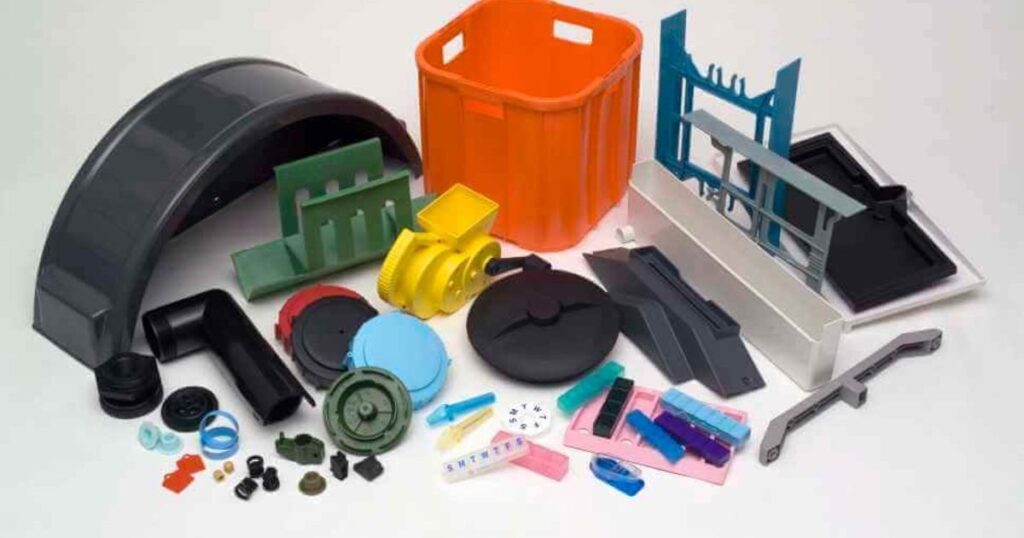Common Defects of Molding
Injection molding is a complex technology with possible production problems. They can either be caused by defects in the molds or more often by part processing (molding), or even by design.
Keep these factors in mind when designing your injection molded part, and remember that it is easier to avoid problems in the beginning than change your design down the line.
| Molding Defects | Alternative Name | Descriptions | Causes | Images |
| Blister | Blistering | Raised or layered zone on surface of the plastic part | Tool or material is too hot, often caused by a lack of cooling around the tool or a faulty heater. | |
| Burn marks | Air burn/gas burn | Black or brown burnt areas on the plastic part located at furthest points from gate | Tool lacks venting, injection speed is too high. | 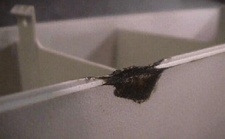 |
| Color streaks (US) | Localized change of color | Plastic material and colorant isn’t mixing properly, or the material has run out and it’s starting to come through as natural only. | 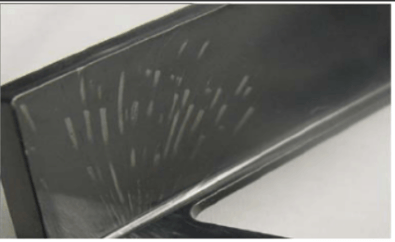 | |
| Delamination | Thin mica-like layers formed in part wall | Contamination of the material e.g. PP mixed with ABS; very dangerous if the part is being used for a safety-critical application. The material has very little strength when delaminated as the materials cannot bond. | 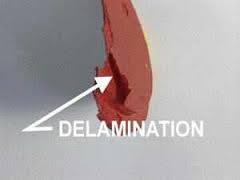 | |
| Flash | Burrs | Excess material in thin layer exceeding normal part geometry | Tool damage, too much injection speed/material injected, clamping force too low. Can also be caused by dirt and contaminants around tooling surfaces. | 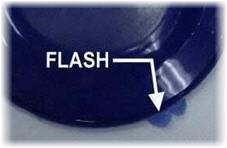 |
| Embedded contaminates | Embedded particulates | Foreign particle (burnt material or other) embedded in the part | Particles on the tool surface; contaminated material or foreign debris in the barrel; or too much shear heat burning the material prior to injection. |  |
| Flow marks | Flow lines | Directionally “off tone” wavy lines or patterns | Injection speeds too slow (the plastic has cooled down too much during injection; injection speeds must be set as fast as you can get away with at all times. | 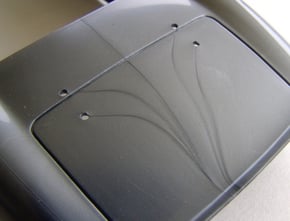 |
| Jetting | Deformed part by turbulent flow of material | Poor tool design, gate position or runner. Injection speed set too high. | 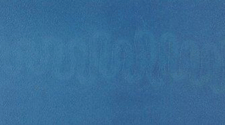 | |
| Polymer degradation | Polymer breakdown from oxidation, etc. | Excess water in the granules, excessive temperatures in barrel | 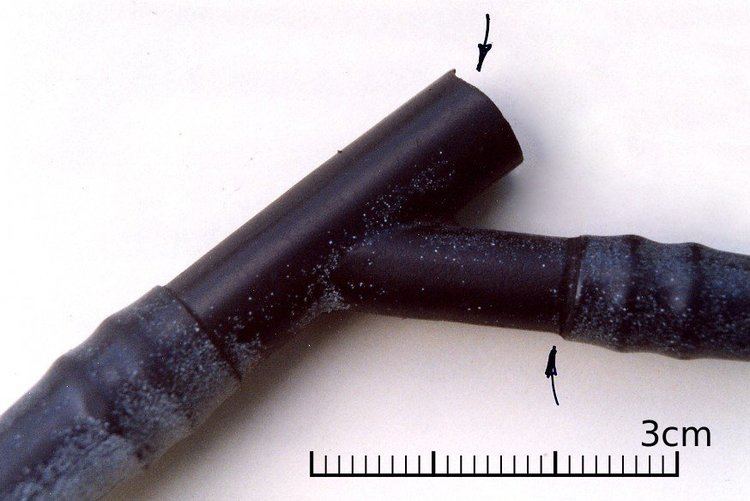 | |
| Sink marks | Localized depression (In thicker zones) | Holding time/pressure too low, cooling time too short; with sprueless hot runners this can also be caused by the gate temperature being set too high. | 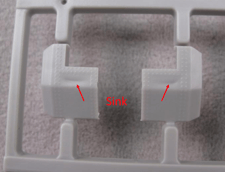 | |
| Short shot | Non-fill/short mold | Partial part | Lack of material; injection speed or pressure too low. | 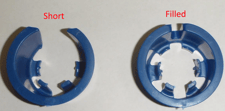 |
| Splay marks | Splash mark/silver streaks | Circular pattern around gate caused by hot gas | Moisture in the material, usually when resins are dried improperly. |  |
| Stringiness | Stringing | String-like remains from previous shot transfer in new shot | Nozzle temperature too high. Gate hasn’t frozen off. |  |
| Voids | Empty space within part (air pocket) | Lack of holding pressure (holding pressure is used to pack out the part during the holding time). Also mold may be out of registration (when the two halves don’t center properly and part walls are not the same thickness). | 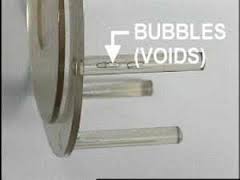 | |
| Weld line | Knit line/meld line | Discolored line where two flow fronts meet | Mold/material temperatures set too low (the material is cold when they meet, so they don’t bond). | 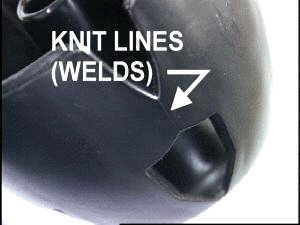 |
| Warping | Twisting part | Distorted part | Cooling is too short; material is too hot; lack of cooling around the tool; incorrect water temperatures (the parts bow inwards towards the hot side of the tool). | 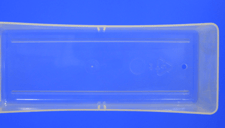 |
How To Get Your Projects Quality Assured?
Entering the global manufacturing industry can be quite intimidating. But don’t let that stop you because you are so close to bringing your idea to life. At HIPOS Shenzhen Technology Co., Ltd, we simplify managing your projects with our excellence and do things in right way. We encourage you to reach out to us if you have any questions because we are always here for you. Our incredible team will help you on your journey from Concept to Reality so that you can be confident that you are providing the best product for your company.

